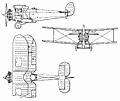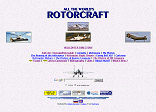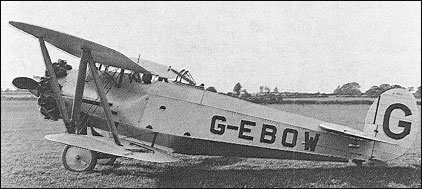|
| Designed as a private venture, the Type 101 two-seat
fighter powered by a 450hp Bristol Jupiter VI ninecylinder
radial was of mixed construction, the fuselage
being a ply-covered spruce structure and the wings
being of steel with fabric skinning. Armament comprised
two synchronised 7.7mm Vickers
guns and a Scarff-mounted Lewis gun. Cleaner and
more compact than most contemporary aircraft in its
category, the Type 101, which was first flown on 27 July
1927, offered a relatively high performance, but was rejected
by the Air Ministry because of its use of wood. As
no other customers presented themselves, the prototype
served in the test bed role.
 | A three-view drawing (800 x 672) |
| WEIGHTS |
| Take-off weight | 1606 kg | 3541 lb |
| Empty weight | 953 kg | 2101 lb |
| DIMENSIONS |
| Wingspan | 10.23 m | 34 ft 7 in |
| Length | 8.33 m | 27 ft 4 in |
| Height | 2.89 m | 10 ft 6 in |
| Wing area | 33.44 m2 | 359.94 sq ft |
| PERFORMANCE |
| Max. speed | 257 km/h | 160 mph |
|
Do you have any comments?
|
| 
COMPANY
PROFILE
All the World's Rotorcraft
|







